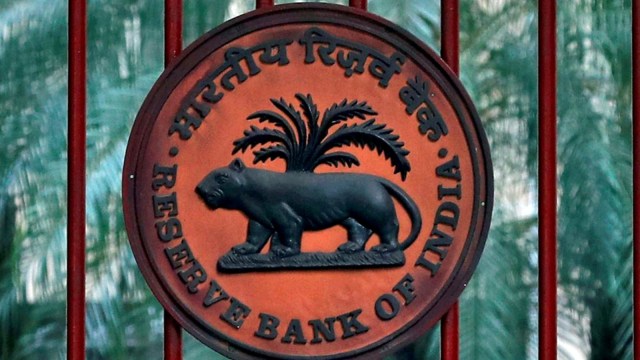RBI’s regulatory clampdown on banks, NBFCs may lead to higher cost of capital: S&P Global
"India's regulator has underscored its commitment to strengthening the financial sector. But the increased regulatory risk could impede growth and raise the cost of capital for financial institutions,” said Geeta Chugh credit analyst S&P Global in a report on Tuesday.
 Combined with tight liquidity, the RBI's new measures are likely to limit credit growth in fiscal 2025. The agency expects loan growth to decline to 14 per cent in fiscal 2025 from 16 per cent in fiscal 2024, reflecting the cumulative impact of all these actions.
Combined with tight liquidity, the RBI's new measures are likely to limit credit growth in fiscal 2025. The agency expects loan growth to decline to 14 per cent in fiscal 2025 from 16 per cent in fiscal 2024, reflecting the cumulative impact of all these actions.
The regulatory clampdowns by the Reserve Bank of India (RBI) on some banks and non-banking financial companies (NBFCs) will improve compliance culture and safeguard customers, but may result in higher capital costs for financial institutions, S&P Global Ratings said in a report.
In the past few months, the RBI’s measures include restraining IIFL Finance Ltd. and JM Financial Products Ltd. from disbursing gold loan and loans against shares respectively; and asking Paytm Payments Bank Ltd. (PPBL) to stop onboarding of new customers. Earlier in December 2020, the RBI suspended HDFC Bank from sourcing new credit card customers after repeated technological outages.
These actions are a departure from the historically nominal financial penalties imposed for breaches.
“India’s regulator has underscored its commitment to strengthening the financial sector. But the increased regulatory risk could impede growth and raise the cost of capital for financial institutions,” said Geeta Chugh credit analyst S&P Global in a report on Tuesday.
Combined with tight liquidity, the RBI’s new measures are likely to limit credit growth in fiscal 2025. The agency expects loan growth to decline to 14 per cent in fiscal 2025 from 16 per cent in fiscal 2024, reflecting the cumulative impact of all these actions.
Stricter rules may disrupt affected entities and increase caution among fintechs and other regulated entities. Additionally, the RBI’s decision to raise risk weights on unsecured personal loans and credit cards aims to constrain growth, she said.
In November last year, the RBI increased the risk weights on the exposure of banks towards consumer credit, credit card receivables and NBFCs by 25 per cent up to 150 per cent. Risk weight refers to the capital banks keep aside as provisioning to cover any loan defaults.
The S&P Global said it expects the regulatory actions to drive banks and finance companies to better focus on policies and processes, ultimately enhancing the operational resilience of the system.
However, this shift is likely to lead to increased compliance costs for the sector. This may curb the ability of smaller companies to compete in the market.
In a separate report called – Economic Outlook Asia-Pacific Q2 2024 – S&P Global Ratings said the Indian economy is likely to grow at 6.8 per cent in the financial year 2025 driven by strong domestic demand and pick up is exports, S&P Global said in a report.
The rating agency, however, said that restrictive interest rates are likely to weigh on demand next fiscal year while regulatory actions to tame unsecured lending will affect credit growth. A lower fiscal deficit will also dampen growth.
- 01
- 02
- 03
- 04
- 05































